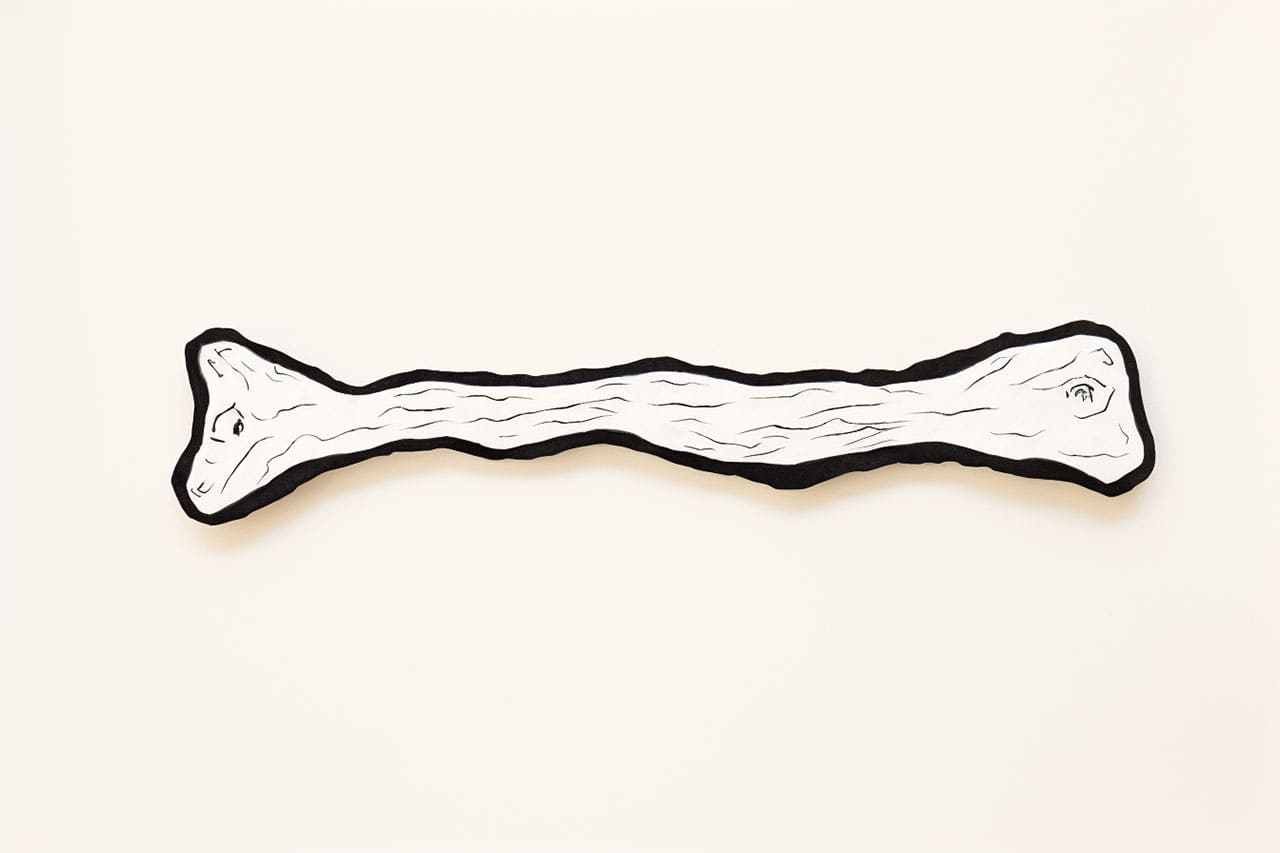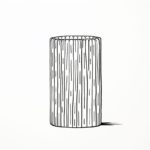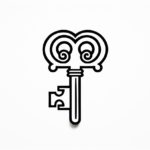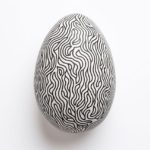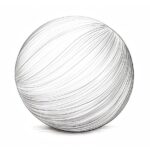Are you interested in enhancing your drawing skills by learning how to draw a bone? Drawing bones can be a challenging yet rewarding exercise for artists of all levels. Whether you’re an aspiring artist or a seasoned pro looking to refine your skills, this step-by-step guide will help you create realistic bone drawings.
Before we begin, let’s go over the materials you’ll need to get started:
Materials:
Now that you have all your supplies ready, let’s dive into the process of drawing a bone:
Step 1: Study the Bone
Before diving into drawing, take a moment to study and observe the bone you want to depict. Notice its shape, contours, and any unique features. This initial observation will help you understand the bone’s structure and guide your drawing.
Step 2: Start with Basic Shapes
Begin by lightly sketching the basic shapes that make up the bone. For example, if you’re drawing a femur bone, start with a long oval shape to represent the main body of the bone. Keep your lines light and loose at this stage, as you’ll be refining them later.
Step 3: Add Details
Once you’re satisfied with the basic shape, start adding more details to your drawing. Pay attention to the bone’s curves, angles, and any distinctive features. Use light, short strokes to define the edges and contours of the bone.
Step 4: Add Shadows and Highlights
To create depth and dimension in your bone drawing, add shadows and highlights. Observe the light source in your reference and determine where the shadows would fall. Use shading techniques such as cross-hatching or stippling to add shadows and create a three-dimensional appearance. Additionally, add highlights to areas that catch the light, such as prominent bone edges or reflections.
Step 5: Refine Your Drawing
Take a step back and evaluate your bone drawing. Look for any areas that need tweaking or refining. Use your ruler to straighten any uneven lines and erasers to clean up any stray marks. Pay attention to the proportions and details to ensure accuracy in your depiction.
Step 6: Add Texture and Details
To make your bone drawing appear more realistic, add texture and finer details. Bones have a porous surface and may have imperfections or ridges. Use small, light strokes to mimic these textures and bring your drawing to life. Pay attention to the direction of the bone’s surface, such as following the lines of the bone or the direction of the bone marrow.
Step 7: Finalize Your Drawing
Once you are satisfied with the overall look of your bone drawing, finalize it by darkening the lines and adding any remaining details. Use a slightly darker pencil or pen to emphasize the edges and contours of the bone. Erase any remaining guidelines or construction lines to clean up your drawing.
Congratulations! You have successfully learned how to draw a bone. Keep practicing this exercise to refine your skills and improve your overall drawing abilities.
Conclusion
In this tutorial, we’ve explored the step-by-step process of drawing a bone. By following these instructions and practicing regularly, you can develop your artistic skills and create realistic bone drawings. Remember, drawing is a skill that improves with practice, so don’t be discouraged if your first attempts are not perfect. Enjoy the process and embrace the learning journey.
So, grab your paper, pencil, and eraser, and start drawing bones today. Happy creating!
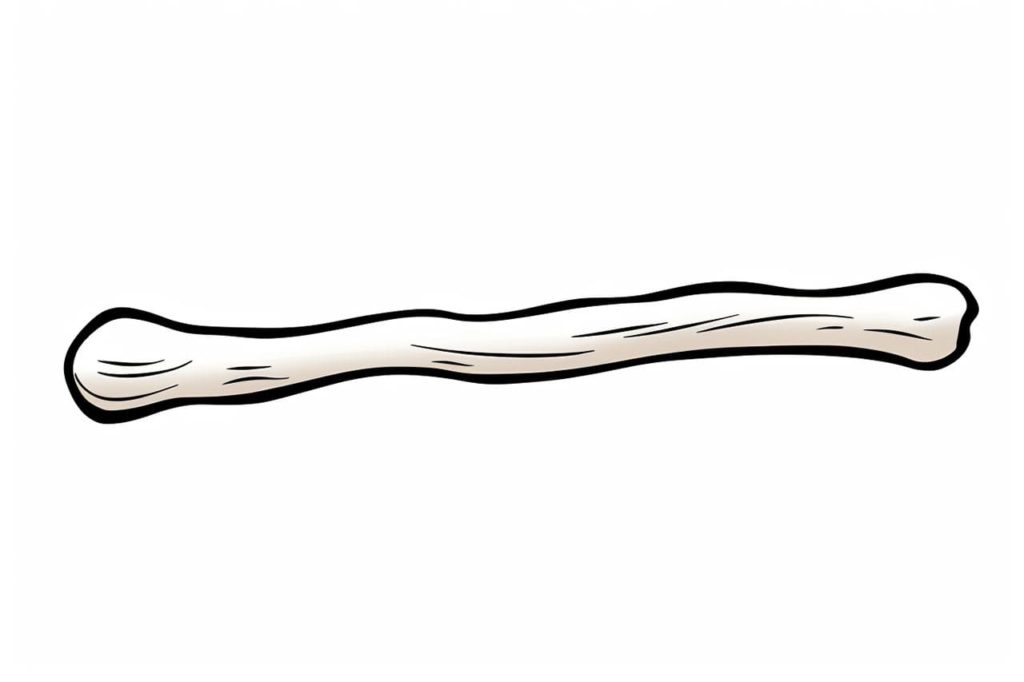
Fun Facts About Bones
- Bones are composed mostly of collagen, a protein that provides a soft framework, and calcium, a mineral that adds strength and hardness.
- Human bones are incredibly strong—ounce for ounce, they are stronger than steel.
- The human body has 206 bones, though newborns have approximately 270 bones, some of which fuse together as they grow.
- Bones are not uniformly solid; they have a dense outer layer and a spongy inner layer filled with bone marrow, which produces blood cells.
- The longest and strongest bone in the human body is the femur, located in the thigh.
- Living bone is as dynamic as tissues like muscles; it constantly remodels itself, with old bone being broken down and new bone being created.
- Over 99% of the body’s calcium is contained in the bones.
- When people break bones, they’re actually stimulating growth; the healing process makes them stronger once they’re repaired.
- The smallest bones in the body are the ossicles found in the middle ear: the malleus (hammer), incus (anvil), and stapes (stirrup).
- Giraffes have the same number of neck bones as humans—seven—but each vertebra is much larger.
Suggestions for Scenes and Settings for Bone Drawings
- Fossil Dig Site: Illustrate a paleontologist carefully brushing away dirt to reveal a skeleton of a mysterious ancient creature.
- Anatomical Study: Draw a detailed study of a human skeleton, complete with labels and notes in the style of a classic anatomy illustration.
- Dinosaur Playground: Imagine a scene set in a prehistoric landscape where dinosaur bones form natural bridges and climbing frames for other playful dinos.
- Medical Museum: Create a quiet and fascinating scene within a museum where various bones are displayed in glass cases, surrounded by curious visitors.
- Lab Experiment: Show a scientist in a high-tech lab running experiments on a tray of bones, using futuristic tools and holographic displays.
- Haunted Graveyard: Design a spooky scene of a moonlit graveyard with partially buried bones peeking from the earth, amidst fog and twisted trees.
- Cultural Ceremony: Illustrate a traditional gathering where bones are being intricately carved or used in a symbolic way, reflecting a different culture’s practices.
- Skeleton Parade: Envision a whimsical parade where different animal skeletons march together, clad in colorful ribbons and hats.
- Underwater Secret: Picture an underwater cavern where a whale’s skeleton lays scattered among coral reefs, with sea life weaving through the bones.
- Fantasy Garden: Depict a magical garden with bones as garden structures, from artistic archways to meticulous labyrinths, overgrown with vibrant flora.

